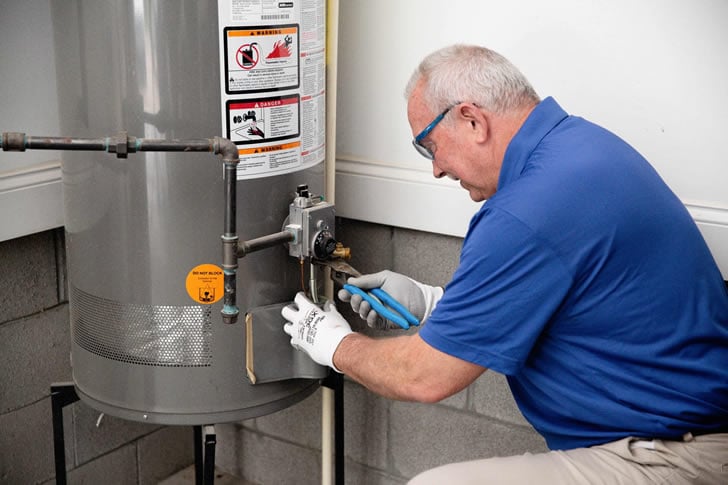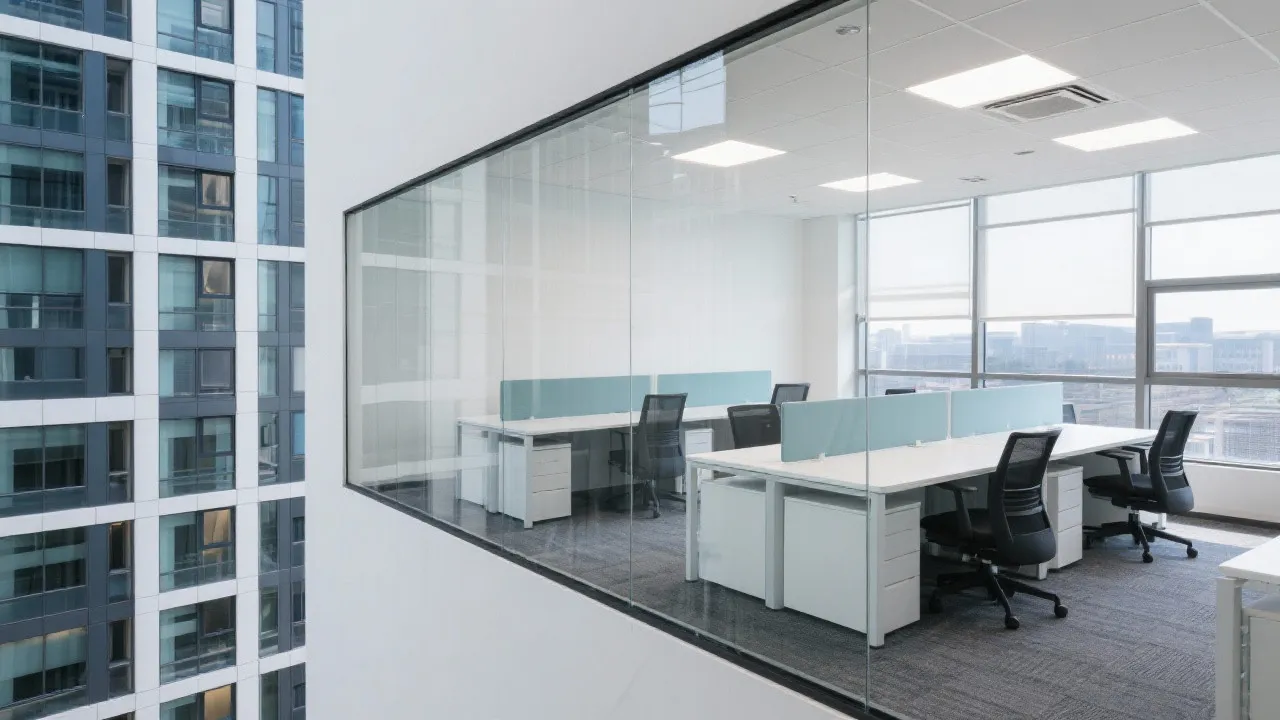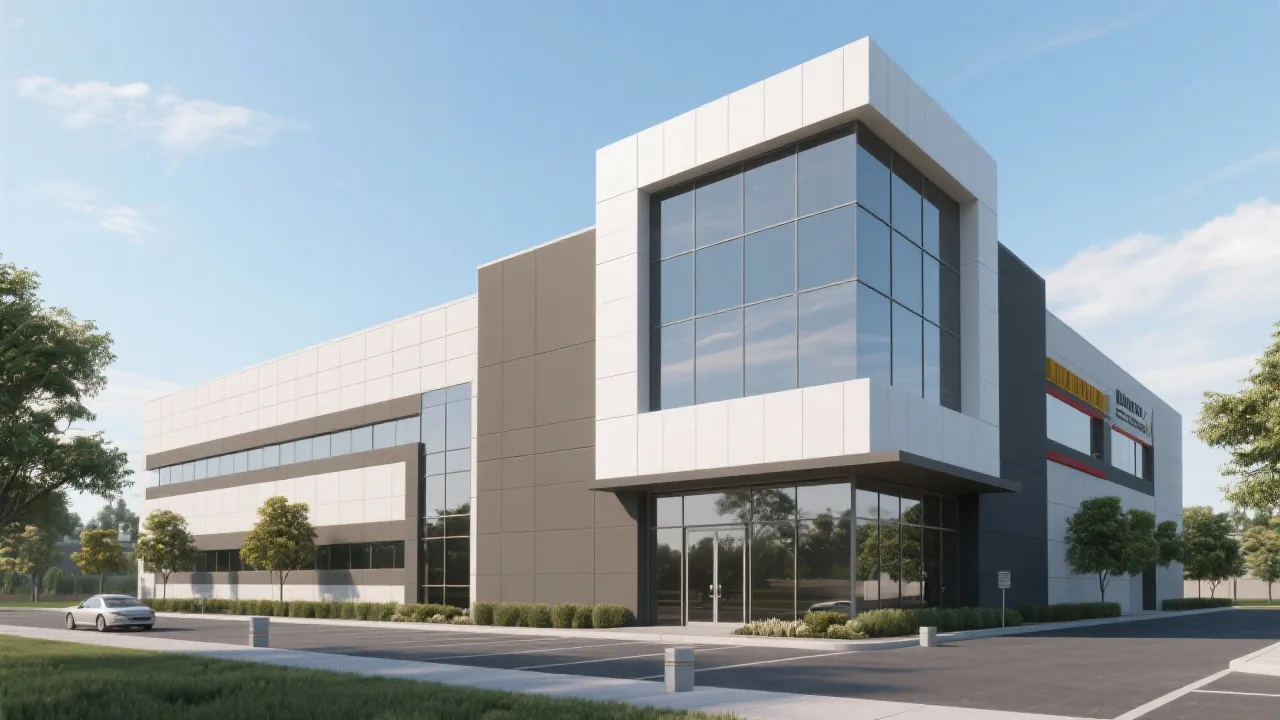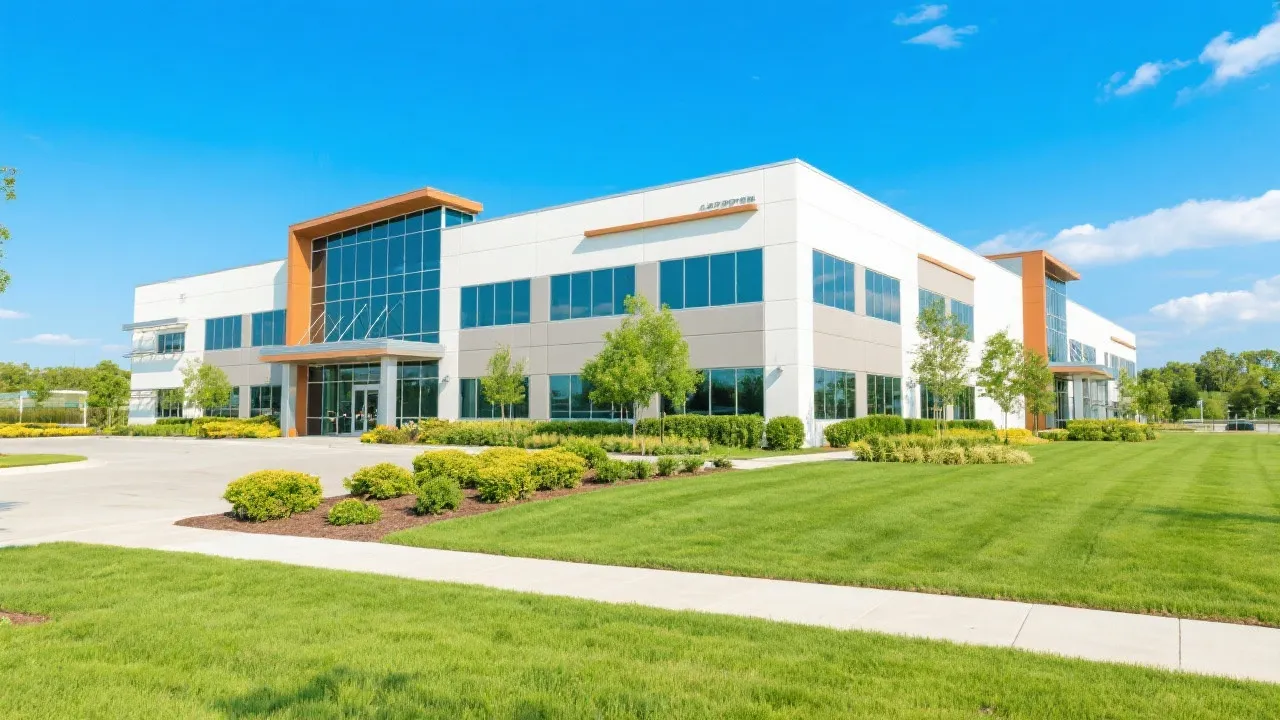Understanding Facility Realty Dynamics
Facility Realty involves the comprehensive management and optimization of real estate spaces to support operational excellence and financial performance. As a growing sector within real estate, Facility Realty encompasses various strategies and services that ensure efficient use of spaces, integrating modern technology for enhanced productivity and sustainability. This guide explores essential aspects and expert insights into Facility Realty.

The Landscape of Facility Realty
Facility Realty, a pivotal sector within the broader real estate industry, focuses on the strategic management of physical spaces to boost operational efficiency. From optimizing space allocations to implementing sustainable practices, Facility Realty is about maximizing the functional and financial performance of properties. As today's market becomes increasingly competitive, the importance of expertly managed facilities cannot be overstated. Stakeholders are now looking for ways to not only manage their facilities efficiently but also to enhance employee morale, increase productivity, and sustain long-term growth. Therefore, Facility Realty extends beyond mere management; it encapsulates a strategic approach to leveraging real estate as a core asset in a company’s portfolio.
Key Elements of Facility Realty
Facility Realty spans several critical aspects including space management, maintenance and operations, financial oversight, and compliance with local regulations. These components are vital in ensuring that properties not only meet but exceed their potential for both owners and tenants. Each of these elements plays a significant role in streamlining processes, improving workplace environments, and ultimately enhancing a company's bottom line. The effective integration of these aspects can lead to superior performance, providing not just compliance and efficiency but also a competitive edge in a fluctuating real estate market.
Space Management
Effective space management is integral to Facility Realty. This involves strategic planning for space utilization to enhance productivity, accommodating an organization’s evolving needs. With the rise of agile work environments, adaptable and multifunctional space management solutions are highly sought after. Striking the right balance of open spaces for teamwork and quiet areas for focused work is critical. As organizations shift towards remote and hybrid work models, the ability to repurpose spaces for various activities is becoming essential. Furthermore, utilizing technology such as space planning software helps facility managers analyze occupancy and adjust layouts accordingly, enabling a more dynamic use of space.
Operational Maintenance
Maintaining the operational integrity of buildings is crucial in Facility Realty. This includes routine inspections, repair services, and technological upgrades. Investing in smart building technologies can significantly reduce operational costs while increasing sustainability. Real-time monitoring systems can track energy consumption, HVAC performance, and lighting efficiency, allowing for immediate corrective actions. Regular preventive maintenance reduces the risk of major failures, prolonging the lifespan of assets and enhancing the comfort of occupants. This preventative approach not only saves money in the long run but also contributes positively to safety and compliance standards, establishing a reliable environment for employees and visitors alike.
Financial Oversight
Financial performance analysis is essential in Facility Realty. It includes monitoring and optimizing operational expenditures, predicting future costs, and ensuring profitability. Skilled financial management can transform facilities into profitable ventures. This means leveraging financial data not only to identify cost-saving opportunities but also to enhance overall financial health. Through techniques like benchmarking against industry standards, facility managers can recognize areas for improvement. Furthermore, correctly implemented financial oversight fosters investment in strategic upgrades, ultimately resulting in enhanced property value and tenant satisfaction.
Compliance and Sustainability
Adhering to local regulations and promoting sustainability are priorities in Facility Realty. Implementing eco-friendly practices not only ensures compliance but also aligns with global sustainability trends, enhancing the property’s market value. Compliance extends beyond environmental issues to include safety regulations and building codes. A dedicated focus on sustainability involves selecting vendors who practice social responsibility, implementing energy-efficient systems, and promoting recycling and waste reduction initiatives. Integrating sustainable practices can enhance a facility’s reputation, attracting tenants who value environmental responsibility and further securing a market position.
Implementing Facility Realty Strategies
1. Assessing Space Requirements: Begin by evaluating the current and future space needs of the facility. This assessment will guide the planning and allocation of spaces conducive to the organization’s growth. Engaging with teams to understand their workspace needs fosters a collaborative and inclusive environment, which is particularly important in today’s diverse work environment. Not only does this approach ensure that space is utilized effectively, but it also reinforces employee engagement and productivity.
2. Investing in Technology: Integrate technological solutions such as IoT for smart monitoring and management. These technologies enable real-time data collection and analysis, improving decision-making processes. The adoption of Building Management Systems (BMS) allows managers to control building operations efficiently—from HVAC systems to security measures—all from a unified platform. This integration results in enhanced communication across departments, fostering a culture of responsiveness and proactivity that is vital in maintaining a top-tier facility.
3. Sustainable Practices: Adopt sustainable practices by incorporating energy-efficient systems and materials. This not only reduces the carbon footprint but also cuts down operational costs. Sustainability should be viewed not just as a compliance issue, but as an opportunity for marketing and branding. Highlighting sustainable initiatives can attract environmentally-conscious tenants and clients, turning sustainability into a competitive advantage. Initiatives such as installing solar panels, using recycled materials, and implementing waste reduction strategies translate both into cost savings and a powerful brand story that resonates with tenants and the community.
Comparative Analysis of Old and New Strategies
The Shift from Traditional to Innovative Practices
The shift from traditional practices in Facility Realty to more contemporary approaches reflects broader changes in workplace culture, technological advancements, and environmental consciousness. Understanding these shifts is essential for stakeholders looking to maximize their facility’s potential. The following provides a deeper examination of the transition across key areas of Facility Realty:
Comparison Table: New Trends vs. Traditional Practices
| Aspect | Traditional Practices | New Trends |
|---|---|---|
| Space Utilization | Fixed and static allocations | Flexible and dynamic configurations |
| Maintenance Approaches | Reactive repairs | Proactive and predictive maintenance |
| Financial Strategy | Cost-focused budgeting | Performance-driven financial management |
| Sustainability | Basic regulatory compliance | Progressive eco-friendly implementations |
Highlighting Emerging Trends in Facility Realty
As the facility management landscape evolves, several emerging trends are reshaping how real estate professionals approach their responsibilities:
1. Smart Buildings
The advent of smart building technologies has revolutionized Facility Realty. Smart buildings leverage IoT, AI, and big data analytics to create environments that are responsive to occupant needs and operational demands. These technologies enhance energy efficiency, streamline maintenance processes, and improve occupant comfort. By utilizing systems that monitor energy usage and optimize operational settings, facility managers can significantly reduce energy consumption and operational costs, leading to considerable long-term savings.
2. Remote Maintenance Management
The increasing trend towards remote work has ushered in a need for remote facility management solutions. Implementing cloud-based management systems allows facility managers to oversee operations from any location, enabling them to respond to issues promptly and efficiently. This shift leads to greater operational flexibility and has proven essential for maintaining high levels of service delivery amidst changing work dynamics.
3. Employee-Centric Design
The traditional focus on cost-efficiency in Facility Realty is being replaced by an emphasis on employee-centered design principles. Facilities are now being designed to prioritize user experience, accommodating modern aesthetics alongside functional needs. Enhancing workplace comfort through ergonomics, privacy spaces, and collaboration areas directly contributes to improved employee satisfaction, work outcomes, and overall workplace happiness.
4. Enhanced Data Utilization
The influx of data available from various sources presents an opportunity for greater insight into facility operations. Utilizing advanced analytical tools, facility managers can derive actionable insights from building performance data, occupancy rates, energy consumption patterns, and maintenance history. This data-driven approach enables more informed decision-making and strategic planning, ensuring resources are allocated effectively and efficiently to meet organizational needs.
5. Integration of Employee Well-Being
In conjunction with the employee-centric design, a growing emphasis on wellness within the workplace is evident. Facilities are increasingly incorporating health-centered features such as improved air quality systems, natural lighting, biophilic design principles, and spaces that encourage physical activity. The link between well-being and productivity is now clearer than ever, with organizations realizing that investments in employee health directly translate to enhanced performance and lower absenteeism rates.
FAQs
- What is Facility Realty? Facility Realty refers to the comprehensive management of real estate facilities to maximize their operational and financial potential. It encompasses strategic oversight of physical spaces to ensure efficiency and alignment with organizational goals.
- How does technology impact Facility Realty? Technology plays a crucial role by enabling smarter space management, predictive maintenance, and enhanced operational efficiency. Through technological integration, facility management becomes more responsive to trends and occupant needs.
- Why is sustainability important in Facility Realty? Sustainability is crucial for compliance with regulations, cost savings, and aligning with global environmental goals. Moreover, it enhances a facility’s marketability, ensuring its appeal to eco-conscious tenants and stakeholders.
Conclusion
Facility Realty continues to evolve, driven by innovations and market demands. As stakeholders navigate these dynamics, understanding and implementing effective Facility Realty strategies can lead to significant organizational benefits and financial returns. By adopting modern practices and incorporating technology into management strategies, real estate professionals can transform facilities into responsive, sustainable, and profitable assets. As the landscape of work continues to change, so too must the approach to managing facilities, ensuring that they remain at the forefront of operational efficiency and environmental responsibility. Each decision made in Facility Realty should reflect a commitment to both enhancing the employee experience and driving organizational success, ultimately establishing facilities as integral components of the overall business strategy.









